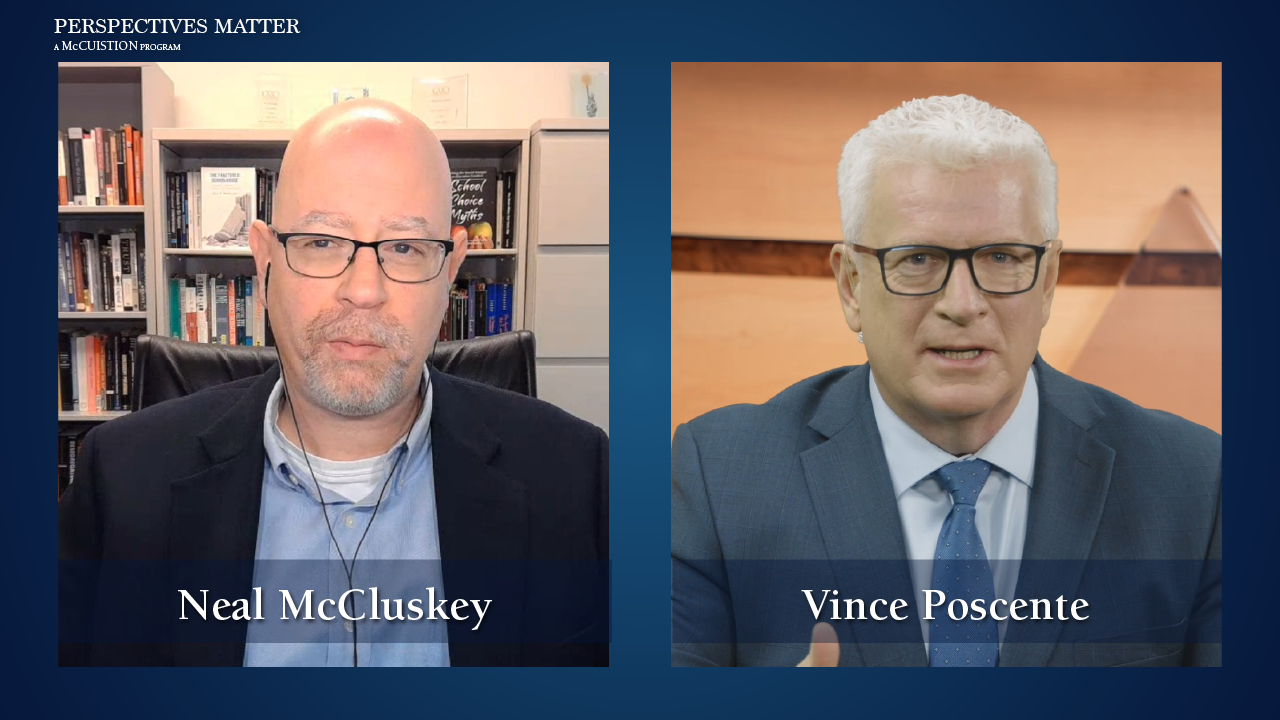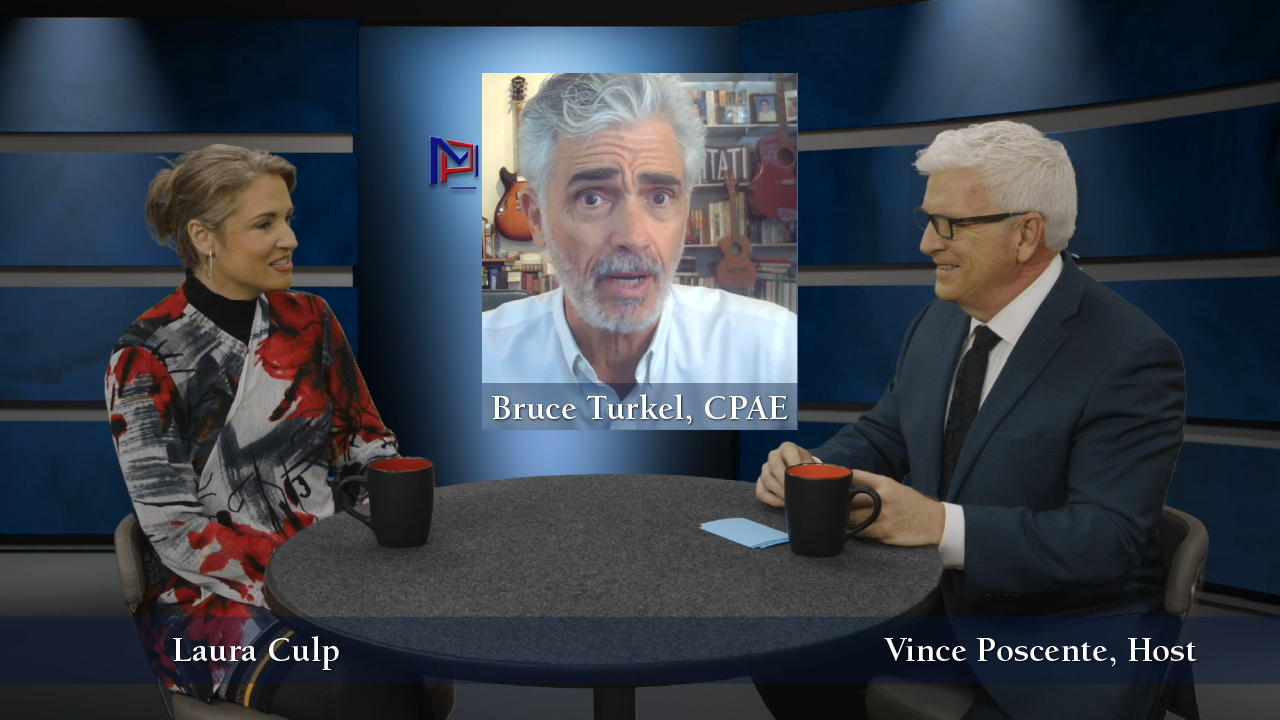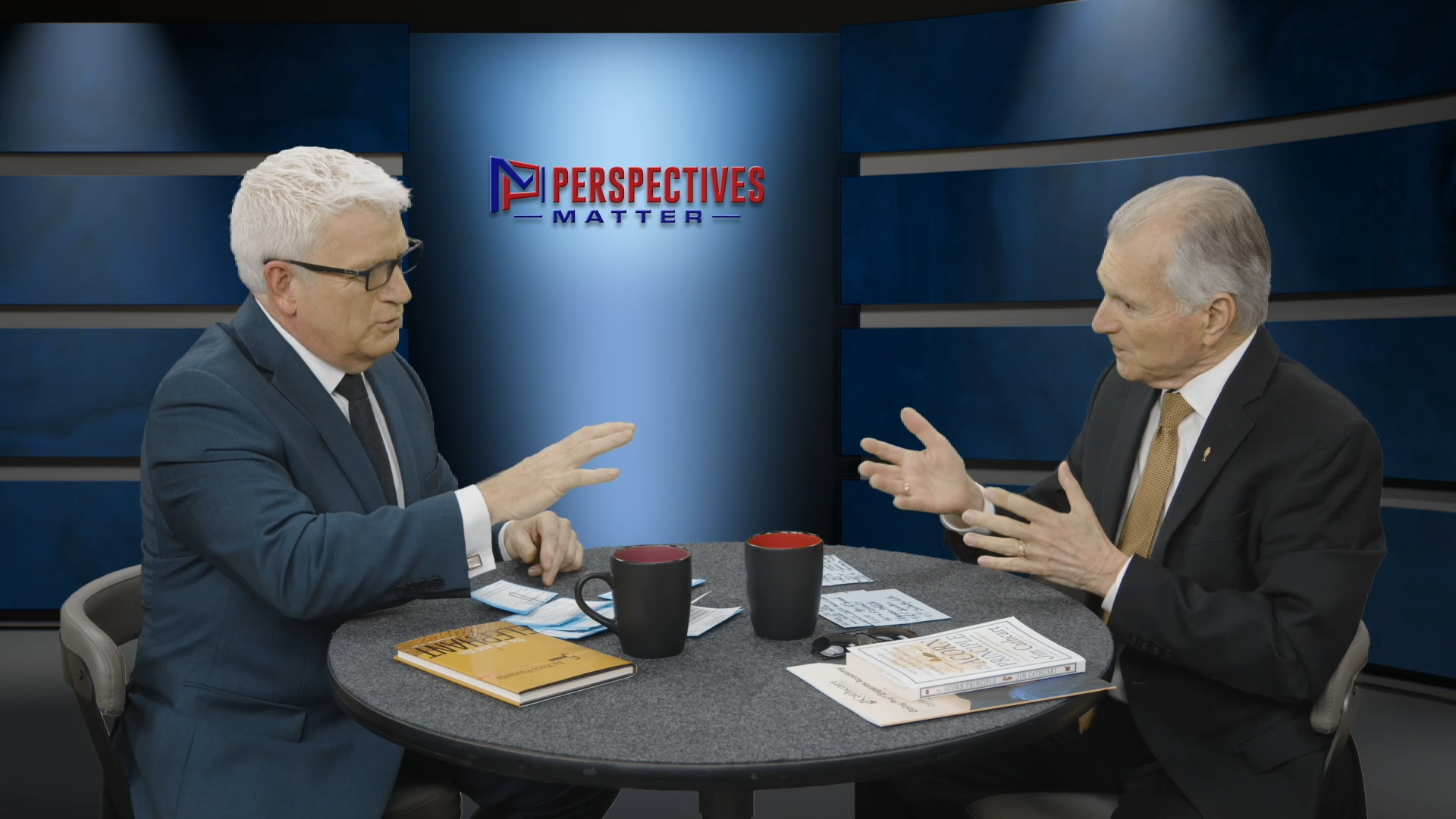In Part One of a two-part series on community nonprofit organizations, Dennis McCuistion and the panelists take a look at community nonprofit organizations. Specifically, they seek to answer the following questions:
- What do you need to know in order to volunteer or donate?
- What is the purpose of nonprofit organizations?
- What are the tax benefits of filing with non-profit status?
The panelists include:
- Lois G. Lerner, Director of the Exempt Organizations Division of the IRS
- Cynthia B. Nunn, President, Center for Nonprofit Management
- Jan Soifer, Attorney: Lawrence & Soifer LLP
- Teresa A. Wright, Executive Director, Funding Information Center
- Ronnie C. McClure, PhD, CPA, Wealth Management Consultant
Community nonprofit organizations are doing acts of service that are necessary for community growth and advancement. Currently, there are 2 million tax exempt organizations across the country and half of them are charitable.
Lois Lerner, Director of the Exempt Organizations Division of the IRS, spends time with viewers explaining the benefits of the IRS website. She offers an assurance that the IRS does what they can to ensure that each community nonprofit organization has easy access to the tools and resources they need to access government help and to ensure they are operating above board.
In relation to giving to a nonprofit, the panelists address common concerns about giving and how a donor can ensure that their donation is being properly handled and accounted for, citing various websites and resources.
The panelists offer suggestions to community nonprofit organizations as well. They encourage all nonprofits to be fully transparent with information. When the public can see that a nonprofit is transparent, it will lead to more peace of mind for the potential donor, thus benefiting the nonprofit organization and the cause it serves.
***
1707 – 01.18.09




